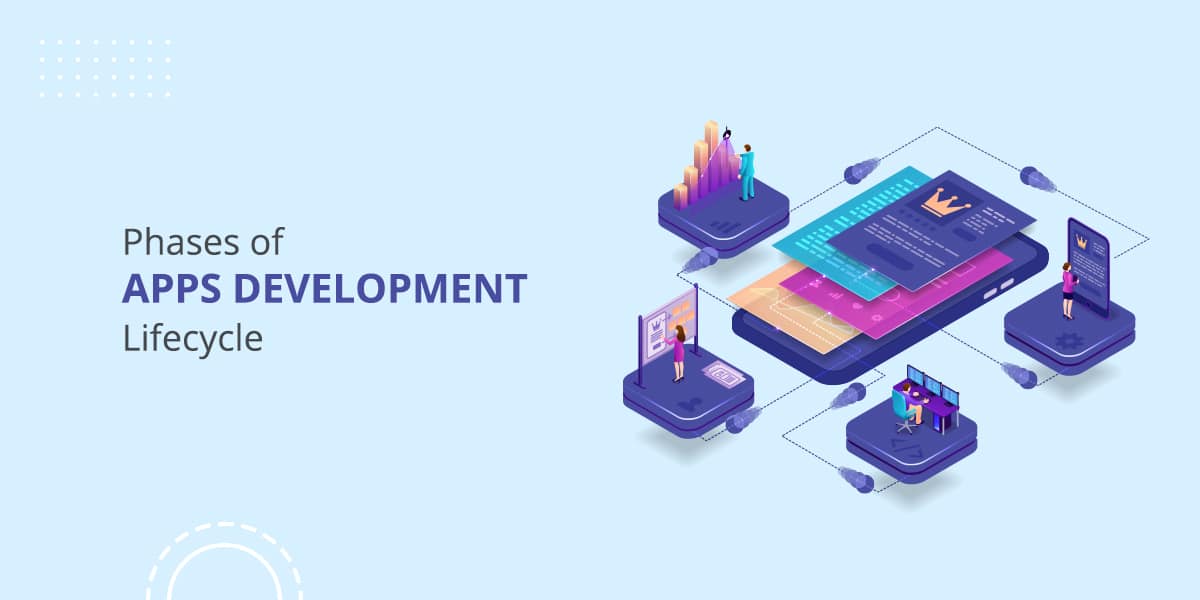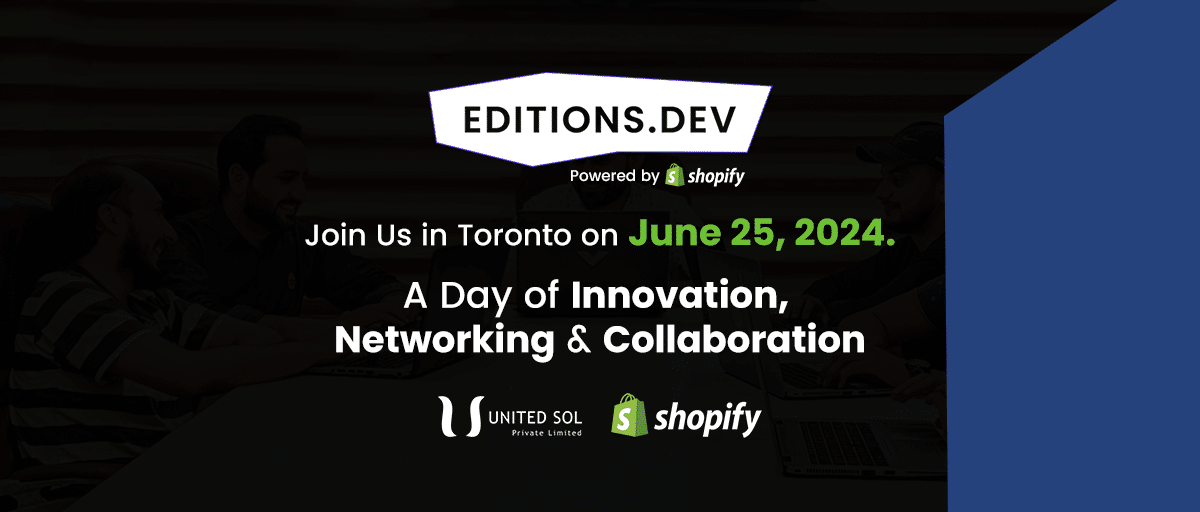The shift from desktop computers to mobile screens in recent years has drastically changed the way people used to interact with businesses and organizations online. Such a major change has made businesses make their websites mobile responsive, create mobile versions, or develop dedicated apps.
Increased mobile usage has challenged the eCommerce arena and pushed it to transform a major part of into mobile commerce. As Mindsea reports, mobile applications are expected to generate more than $935 billion in revenues by 2023. Seeing such a whooping number of sale proceeds, who would want to miss the opportunity? Look out for an agency to get reliable mobile app development service, and get it done before the competitors capture a significant market share.
To begin with, you must study its process so that you can take updates from app development partners and ensure you both are on the same page. This post can quickly take you through the entire mobile app development life cycle.
Important Stages of Mobile App Development Life Cycle
1. Getting an idea
Idea is the driving force behind anything that you see. Mobile or web app development also starts with an idea. It is the foundation stone of an app. At this stage, the team carries out deep research about the problem and how it needs to be resolved. The findings are followed by planning, and continuous research and understanding. Here, the team must be in close contact with the client, product owner, or project manager. More discussions and meetings may take place to clarify any ambiguity among developers, designers, and marketers. They must recognize the following facts:
- The core functionality of the app
- The usefulness of the app to users
- The specific problem it aims to solve
2. Advanced Research
Research can be a part of ideation; however, it can be separate even after getting an idea so that its market viability is also found. At this stage, you can carry out competitors’ analysis and check where you will stand with the product you have planned. You must find convincing answers to the following:
- Is the product highly competitive?
- Competitors’ product is a better solution or not?
- Are you supposed to project a better solution than competitors?
- Are they offering a free version of what you are going to charge?
- How will you make it better than the available alternatives?
Keeping these queries in mind, you can make it easier to evaluate your idea against the prevailing competition. At this phase of the application development life cycle, you can get details about the cost it will incur, the resources it needs, the funds required, and a projected return on investment.
3. Designing Prototype
As you proceed to the prototyping phase, you get an opportunity to shape the product idea. A designer or a team can accelerate the mobile application development life cycle by sketching and identifying its functionality. At this stage, the team can take advantage of different applications and methods like storyboards or flow charts to visualize mobile app features.
Sketching – The very concept of the app is drawn at this stage. It can be done with a paper or digital screen.
Wireframing – Here, the app gets wire framed and licensed so that a detailed design is sought and any usability issues are highlighted.
Prototyping – A visual depiction of your product before the development starts is called a prototype. It shows what the app will look like in real.
4. Development starts
As soon as a prototype is designed, the application development cycle transcends into the development phase. Here, the developers are assigned to create the functionality of the product as shown in the prototype.
The programming team considers all the factors when coding for the product. Let it be its features list, storyboards and sketches, flowchart, and prototype. They do assign responsibilities to team members. For this reason, the project is sliced into two parts. First is the backend integration and second is the front end.
Backend development – It secures the core functionality of the app. It deals with the complex part of the app that belongs to the server side. It is responsible for the entire app functionality which includes its dependability, calculations, and operations. An initial version is coded first to check its viability, which is known as MVM – Minimum Viable Product.
Frontend development – It is more concerned with the user experience of the app. It includes the design and development of clickable buttons, app screens, navigation pages, filters, etc.
5. Testing goes side by side
Testing tarts starts as soon as the development begins, however, it can be in the back seat to keep an eye on the code. It is useful because it ensures the accuracy of code right at the foundation stage. It reports errors and bugs in real-time that could cause major issues or lay down a foundation that is not functional. It saves money as mistakes are rectified at early stages without making them incur huge losses. It ensures accuracy in functionality, user interface, security, usability, and performance of the app. It helps in producing a beta version that is released to test whether the features fulfill the purpose or not.
6. A working prototype
A working prototype of the app or beta version is provided to test the touch experience of the end consumers. Here, the users are given access to the test version to let them test different features and submit feedback. This phase achieves two significant purposes of the mobile development life cycle. First, it tests the usability of the app, and second, it educates users about the product and its functionality. They can share feedback about:
- The mobile app and its interface
- Mobile responsiveness
- Navigation and buttons
- User data and its privacy
7. Coding for Perfection
After getting thorough feedback from potential users, you need to gear up the user experience development of the app. The UX designers will perfect various design elements like the interface, screens, buttons, and links of the app. They solve the following to achieve perfection in the app.
- Application’s appearance and functionality
- Interaction of pages between the app
- Ease and fluency of the page navigation
- Simplifying the layout
Here, the UX design is more focused on the ease and comfort of the end users. The designers intend to solve their problems and remove any barrier to using a feature or option of the app.
8. Quality Assurance
Once the app is developed and designed for the intended user, it has to pass the quality assurance test. It starts with rigorous testing of the app by a quality assurance team with different techniques and approaches. The in-house team makes sure of the functionality of each option and allows a few of the targeted users to check what they think about the app.
9. Deployment of the mobile app
Once the quality is assured, the app is ready to be deployed and published. An android development life cycle may take you to publish the product on Google Play Store, whereas iOS development requires placement in the Apple store. Every marketplace has its rules and guidelines that have to be complied with. You may need the assistance of the market team to spread the word about the app.
Deployment does not mean ending the development part of the lifecycle. Whether you launch a beta or a complete version, development may continue for advancing the functionality and introducing new features.
10. Continuous Support
A product is not the finest version as soon as it is launched. You get to know customers’ needs and expectations as it gets published. With time, you make changes to its layout, design, features, and usability. Therefore, it requires continuous maintenance and updates.
Final words
The key to developing a successful mobile application is taking it through the proper channel. It always starts with a product idea that leads to proper research, prototyping, design and development, and delivery. Being a product owner or manager, you must know the process so that any issues or mistakes are resolved before incurring major losses.










